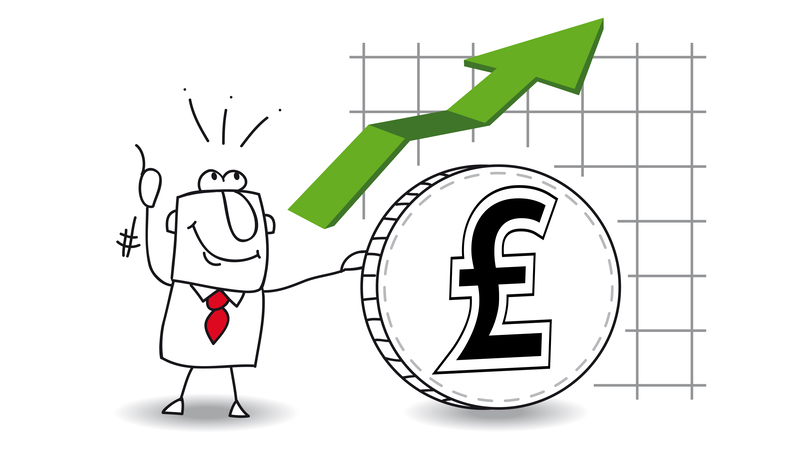Top Hazards of Moving a Piano Without Expert Assistance
Moving a piano is no ordinary task. Due to its sheer size, delicacy, and unique construction, attempting to relocate a piano without the necessary expertise can result in severe consequences. This article explores the major hazards of moving a piano without expert assistance and provides comprehensive insights on why it is always better to trust a professional piano mover. Whether you own an upright, baby grand, or concert grand, understanding these risks is essential to protecting both your treasured instrument and your well-being.

Why Moving a Piano Is Not a DIY Job
Pianos may appear sturdy, but they are intricate musical instruments with sensitive components. A standard upright piano can weigh anywhere from 300 to 900 pounds, while grand pianos can tip the scales at more than 1,200 pounds! Besides the weight, a piano's complex structure includes thousands of moving parts, such as strings, hammers, and pedals, all of which are vulnerable during a move. Let us delve deeper into the key hazards that arise when attempting a DIY piano move without specialized help.
Main Hazards of Moving a Piano Without a Professional
1. High Risk of Physical Injury
- Muscle Strain and Back Injuries: The immense weight and awkward shape of a piano demand proper lifting techniques. Most people lack the experience and strength needed, leading to strained backs, pulled muscles, and joint injuries.
- Crushing Accidents: Pianos are notoriously top-heavy. If not lifted and balanced correctly, the instrument may tip over, risking crushed fingers, feet, or worse.
- Slips and Falls: Moving a piano involves navigating stairs, tight corners, and sometimes icy or uneven pathways. Without proper equipment and coordination, the risk of slipping or falling escalates.
Personal safety is always the top priority during any move. Professionals are trained to move heavy items while minimizing the risk of serious injury.
2. Severe Damage to the Piano
- Casing Scratches and Dents: The beautiful exterior, often made of polished wood or fine veneer, is highly susceptible to scratches, chips, and dents if mishandled during transit.
- Internal Mechanism Damage: The inner workings of a piano include delicate strings, hammers, and soundboards that can be knocked out of alignment or broken by abrupt movements or improper positioning.
- Leg and Pedal Breakage: Piano legs and pedals are fragile and not designed to bear the instrument's full weight. Improper lifting techniques and incorrect support can result in breakage.
Repairing or replacing damaged piano parts can be extremely costly--often as much as, or even more than, hiring professional movers in the first place.
3. Damage to Your Property
- Scratched Floors: Dragging or mishandling the piano can leave deep gouges or scrapes on hardwood, tile, or carpeted floors.
- Banged Up Walls and Doorways: Tight corners and narrow doorways can lead to chipped paint, torn wallpaper, and damaged door frames.
- Staircase Catastrophes: Attempting to maneuver a heavy piano up or down stairs can lead not only to property damage, but also to the piano falling and causing structural harm to your home.
Property damage from an improperly moved piano can result in expensive home repairs and compromise the value of your living space.
4. Risk of Dropping or Tipping Over the Piano
- Uneven Weight Distribution: Pianos have weight concentrated in unpredictable areas. Without knowledge of their balance points, movers may lose control.
- Insufficient Support: Using inadequate moving equipment or too few helpers increases the chances of the piano tipping over.
- Unexpected Obstacles: Even a simple bend or bump can cause the instrument to become unstable and fall, endangering both the movers and the instrument itself.
One moment of imbalance could spell disaster. Losing grip on a piano often results in catastrophic damage, both to the instrument and surrounding area.
5. Inadequate Equipment and Tools
- Lack of Proper Straps and Dollies: Pianos require specialized moving straps, piano boards, and heavy-duty dollies designed to support their weight.
- Inappropriate Use of Vehicles: Without the right moving truck equipped with ramps and stabilizing features, transporting the piano risks further damage.
- Absence of Protective Materials: Skimping on padding, blankets, and shrink wrap exposes the piano's finish and parts to scratches and moisture.
Professional piano movers have access to purpose-built tools and protective materials that safeguard your instrument at every stage of the move.
Secondary Risks That DIY Piano Movers Overlook
1. Voiding Insurance and Warranty Coverage
- Your piano's insurance policy or manufacturer's warranty may be voided if you attempt a move yourself or use non-certified movers.
- This can leave you financially vulnerable to the costs of damage or repairs that occur during the moving process.
Professional moving companies often carry insurance that specifically covers pianos. This means you are protected should something unexpected happen.
2. Tuning and Climate Sensitivity Issues
- Loss of Tune: Even the smallest bumps can knock a piano out of tune, requiring a professional tuning session after the move.
- Humidity and Temperature Changes: Pianos are extremely sensitive to changes in climate. Professionals understand how to protect against warping or swelling caused by environmental shifts during transit.
3. Increased Overall Costs
- DIY movers often underestimate the indirect costs of moving a piano: from hiring a rental truck to purchasing moving aids and repairing potential damages.
- Factoring in potential medical bills or professional repair fees often makes hiring a skilled piano mover the more economical choice in the long run.
What Makes Professional Piano Movers Different?
Let's look at the advantages professional piano movers bring to the table and why their expertise and equipment are so crucial:
- Specialized Training: Professional piano movers are trained to handle instruments of all types and sizes, understanding balance points, assembly, and disassembly.
- Right Tools: They use piano skids, straps, dollies, ramps, and protective padding to ensure maximum safety.
- Team Coordination: Experts move pianos with a coordinated team effort, minimizing the risk of dropped instruments or personal injury.
- Insurance Cover: Reputable movers provide insurance, adding an extra layer of protection and peace of mind.
- Experience with Obstacles: Pros know how to maneuver through difficult spaces, stairs, tight hallways, and can handle disassembly if needed.
Choosing expert piano movers can mean the difference between a seamless relocation and a disastrous mishap.
How to Choose the Right Professional Piano Mover
Key Considerations
- Look for movers with proven experience in piano relocation.
- Ask about their equipment and techniques for both uprights and grand pianos.
- Check for insurance and licensure specific to piano transport.
- Read customer reviews and testimonials for authenticity and satisfaction.
- Compare quotes and make sure there are no hidden fees.
A trustworthy piano moving company should provide clear answers, demonstrate knowledge, and show a genuine concern for the safety of your instrument.
Prepping for a Professional Move: Tips to Support Your Movers
- Clear Pathways: Remove clutter from hallways, stairs, and entryways for a smooth move.
- Communicate Details: Inform movers of any architectural nuances, narrow spaces, or challenging features in your home.
- Protect Other Furniture: Move other valuables out of harm's way to prevent accidental damage.
- Plan for Arrival: Make sure the destination space is ready, with a clear spot for the piano and appropriate humidity/temperature controls, if possible.

FAQs: Common Questions About Piano Moving Safety
Is it ever safe to move a piano yourself?
For small keyboard pianos or very light spinets, two or more strong, experienced people might attempt a move across a flat, short distance with proper equipment. However, any move involving stairs, tight turns, or heavy instruments should always be left to the experts.
What equipment do professional movers use?
Expert piano movers use piano boards (skids), heavy-duty dollies, support straps, ramps, thick padding, and custom covers designed for different piano types and sizes.
Do I need to retune my piano after a move?
Yes. Even with the best care, moving often knocks a piano out of tune due to vibrations and minor bumps. It's wise to schedule a tuning session a few weeks after the relocation, once the piano has acclimated to its new environment.
Are upright and grand pianos moved differently?
Absolutely. Grand pianos often require the removal of legs and pedals, careful placement on a piano board, and specialized handling due to their asymmetrical weight distribution. Uprights are more compact but still extremely heavy and awkward to maneuver.
Conclusion--Why Expert Help Is Non-Negotiable for Piano Moves
There are significant risks associated with moving a piano without professional assistance. From serious personal injury to irreplaceable musical damage and costly home repairs, the stakes are simply too high. Pianos are more than pieces of furniture; they are finely tuned instruments and cherished family heirlooms. Trusting your move to reputable, experienced piano movers ensures your instrument--and your wellness--are fully protected.
Don't gamble with your piano's safety. Invest in an expert moving team to guarantee a smooth, safe relocation for your beloved instrument.
For more expert tips on safe piano moving, instrument care, and choosing the right professional help, follow our blog and ensure your piano stays in perfect harmony--wherever life takes it.